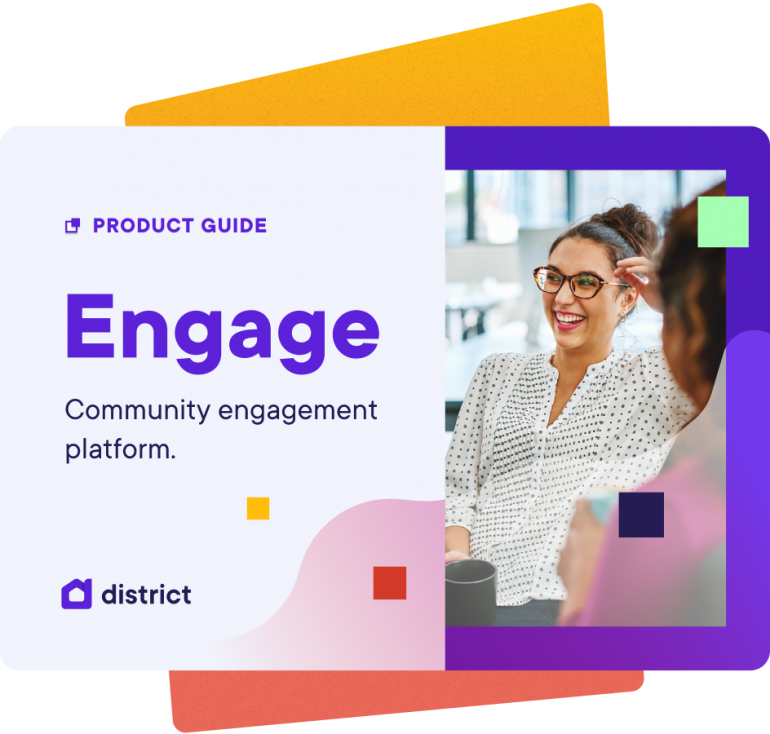If we want to design best practice projects and policies, we need to enrich our understanding of a problem by engaging with the communities whose lives are directly impacted by the issue. Genuine community engagement can lead to better informed decisions, and as a result, better designed solutions.
Genuine community engagement with First Nations peoples is especially important. In Australia in 2023, the Referendum to recognise First Nations peoples in the Constitution and enshrine a Voice to Parliament, has shed light on the need for effective engagement strategies that honour the voices and perspectives of First Nations communities.
When it comes to engaging with First Nations peoples, it’s essential to approach the process with cultural sensitivity, respect and inclusivity. In this article we’ll consider the importance of cultural sensitivity in community engagement practice, and take a look at the emerging technologies that can help increase participation and engagement rates in indigenous communities in Australia and beyond.
Culturally sensitive community engagement
Engaging with First Nations communities demands an understanding and respect for their diverse cultures, traditions and histories. For engagement practitioners, cultural sensitivity should be at the forefront of every engagement strategy.
Building relationships based on trust is essential, so begin by engaging with local leaders, Elders and cultural advisors, who can provide invaluable insights and guidance. At each step of the journey, acknowledging and respecting the protocols, customs and decision-making processes within each community is vital, and will demonstrate a genuine commitment to meaningful engagement.
Cultural sensitivity also extends to the use of language, symbols and imagery. Ensure that all communication materials are respectful and accurate, and take into account cultural norms and sensitivities.
It’s worth taking a moment to brush up on your manners. Here are some pointers for using culturally sensitive language and terminology when engaging with First Nations communities:
- Be conscious of using language that reflects the diversity of cultures and identities and use “Aboriginal and Torres Strait Islander” to refer generally to individuals. For plural, use “Aboriginal and Torres Strait Islanders”, “First Peoples” or “First Nations”.
- Use capital letters to refer to Elders, Traditional Custodians and Country when referring to a place specific to a group of people.
- Use language that reflects the strength and resilience of First Nations peoples, and avoid using patronising or paternalistic phrases.
It’s worthwhile to undertake some cultural awareness training for staff and stakeholders who are involved in the consultation process. Being aware of cultural sensitivities while making a conscious effort to show respect will greatly enhance the effectiveness of your community engagement efforts.
Embracing hybrid consultations
More and more, community engagement practitioners are using digital participation tools to gather feedback from citizens. Digital tools such as surveys and polls can enable community members to contribute to engagement consultations in their own time, eliminating the tyranny of distance and time constraints. They can also deliver instant results, which gives engagement practitioners the opportunity to be agile and responsive with their messaging.
However, using only online engagement tools will not reach those sections of the community who prefer face-to-face interactions.
A hybrid model, which combines digital tools with traditional consultations, allows for a broader reach across the community. For First Nations communities, hybrid consultations can help bridge the gap between remote and urban populations, and enable broader representation and inclusivity.
When designing a hybrid engagement strategy, it’s important to ensure the reporting and analysis reflects both the online and offline engagements. If you use a digital platform like District Engage, one way to ensure there is a single source of truth is to manually add offline survey feedback into the online system.
Scheduling offline events such as town hall forums and community information nights onto your engagement project website can also help facilitate reporting and analytics from offline events.
Whether it’s online or offline, it’s always important to ensure your community consultation is accessible, user-friendly and culturally sensitive. This is especially the case when engaging with First Nations peoples.
The rise of chat bots
One innovative tool that is emerging as a way to ensure public consultations are culturally sensitive is the chat bot. These artificial intelligence-powered conversational tools can assist in answering frequently asked questions, providing information and guiding community members through engagement processes.
When chat bots incorporate language diversity and cultural nuance they can also dramatically boost community engagement in a project.
Thanks to new technologies such as GPT-4 and natural language processing, chat bots can now incorporate conversational communication for multicultural and multilingual communities. Over time, this may well include First Nations languages too.
The ability for engagement practitioners to harness the power of the chat bot, and to customise the language and cultural nuance for specific community groups has the potential to foster an inclusive dialogue, spark cultural pride, and provide opportunities for more meaningful community feedback.
Engaging with First Nations communities requires a careful and respectful approach to cultural sensitivities. Ensuring that your engagement strategy incorporates both traditional face-to-face techniques such as community gatherings, door knocking and phone calls, while also incorporating digital tools that can overcome remote distance and language barriers will help increase community participation in your consultation.
Ultimately, better quality feedback leads to data-driven decision making, which results in better planning, better relationships and better outcomes. When it comes to First Nations communities, that is a future to look forward to.




